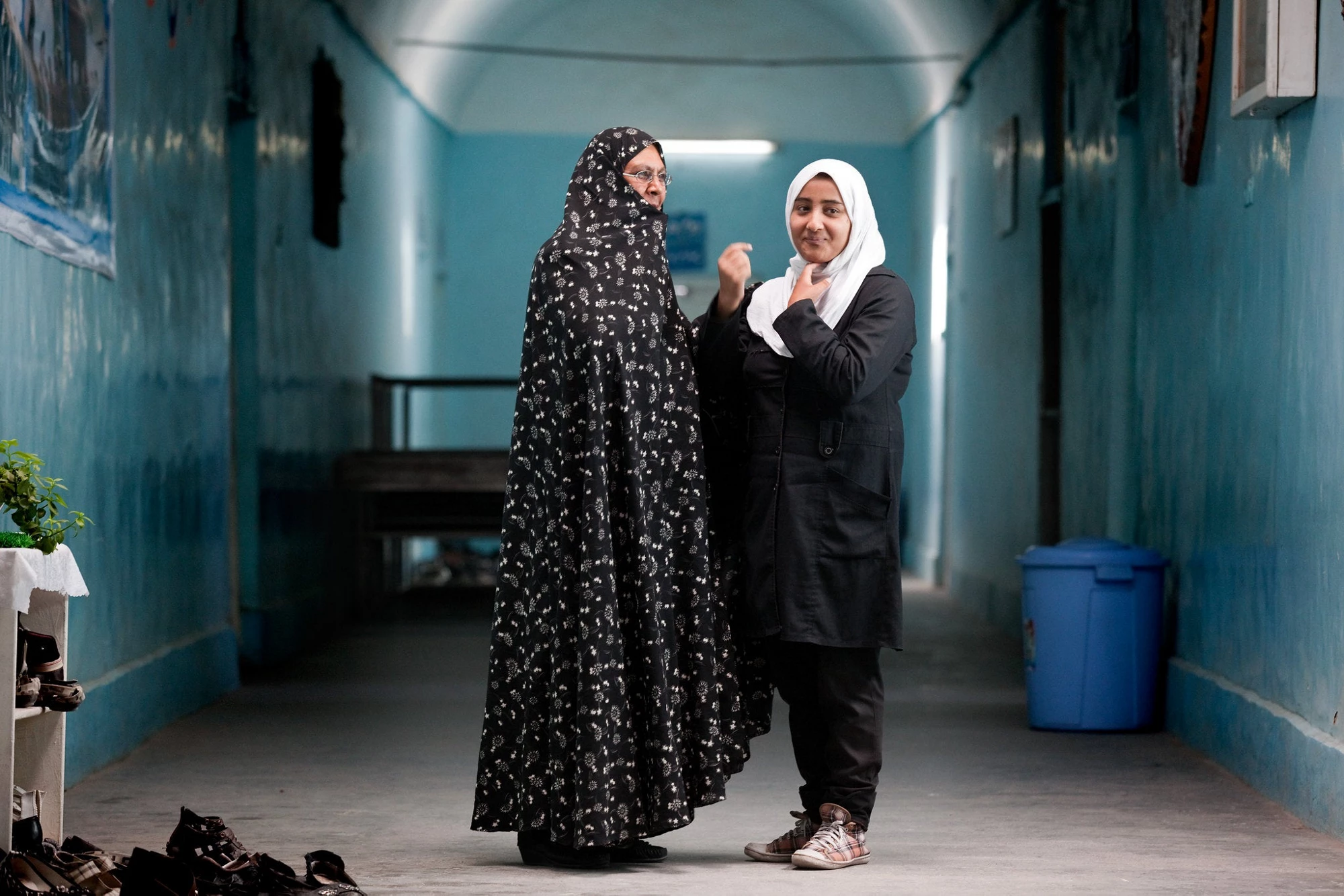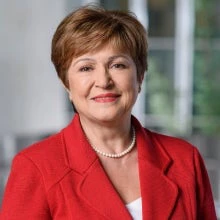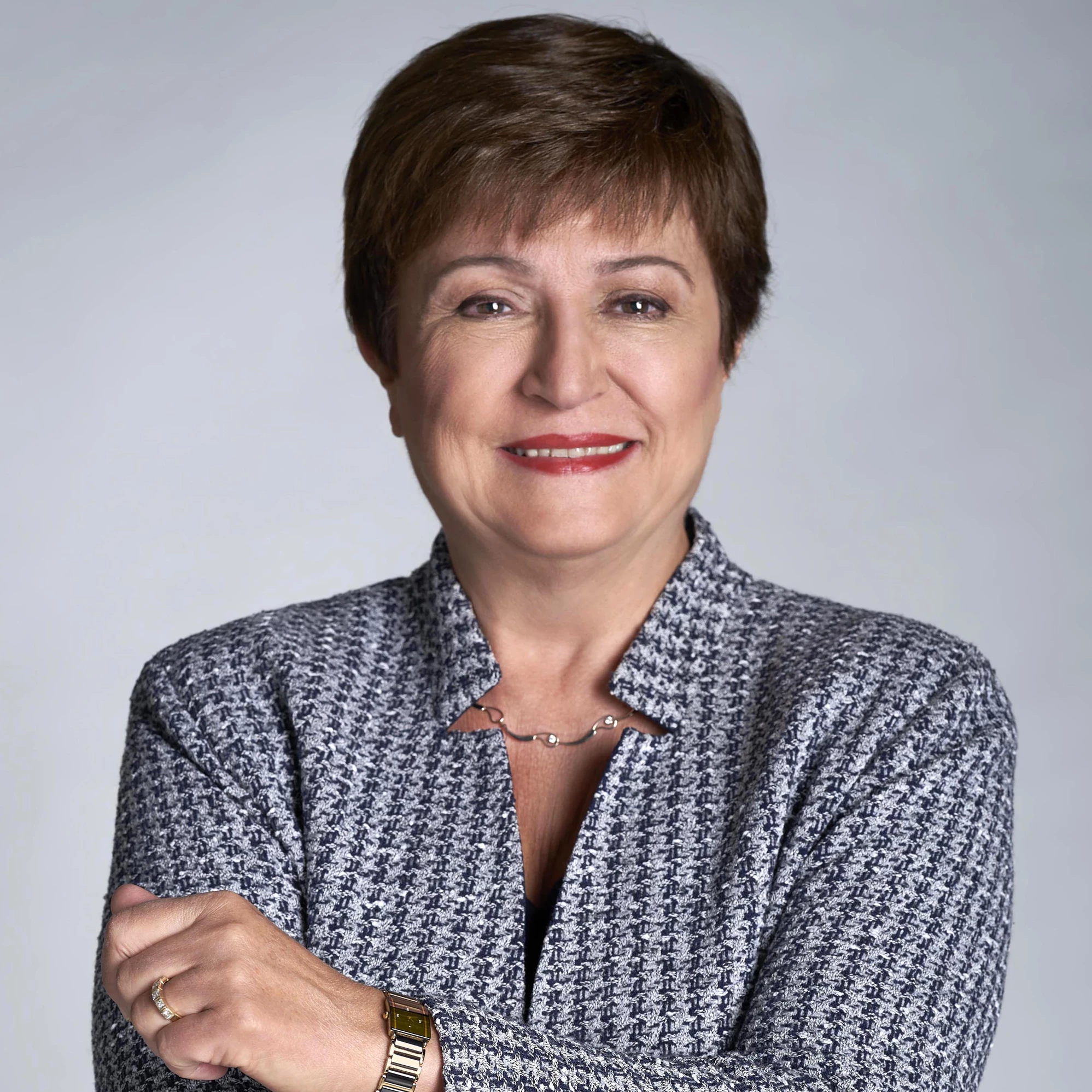 Photo : © Graham Crouch/World Bank
Photo : © Graham Crouch/World Bank
Extreme poverty has fallen from more than a third of the world’s population 30 years ago to less than a tenth today, but that is not the case for people living amid or within the sound of war.
Here, global efforts have not yet been able to turn the tide and the numbers of people living in poverty are unfortunately going up.
Unless there is determined action to reverse this trend, by 2030 more than half of the world’s extreme poor will be concentrated in these pockets of violence and instability.
In Afghanistan, for example, more than half of the population fall below the national poverty line. The odds are stacked against the very poorest people ever managing to escape from their condition. A snapshot of the households supported by a World Bank-financed project in Balkh province highlights the extent of the challenge.
The head of household – and this is almost always a man – in five out of six homes cannot read or write. Four in five households live on less than $30 per person a month. Two thirds of them are in debt, while the rest barely scrape by.
If you are a woman, life is even worse. In these villages, a dismal four percent can read and write. Two out of three women in charge of a family are depressed. And only half of school age girls actually get to go to school and study there.
At the World Bank we have been looking for new ways to tackle this deep and widening problem of how to escape a seemingly endless round of self-reinforcing poverty. And we have discovered that good things can happen when you take a “big push” approach.
Think of a space rocket launch, which needs a massive energy boost to help break through the atmosphere and into a new trajectory where, once the breakout is achieved, it has the momentum to keep moving forward. Similarly, what if we removed – all at once – the multiple constraints that the poor face? Would this help them escape their poverty trap?
As part of our program to foster growth, some of the poorest households across 80 villages in Balkh province participated in a public lottery to take part in a support scheme.
It gave women a one-off “big push” assistance package including a transfer of livestock – typically cows, and occasionally sheep and goat – a consumption stipend of $15 a month for one year, skills training, access to savings accounts and savings encouragement, health care services, and coaching and monitoring through regular bi-weekly visits.
Two years later – a year after the program ceased – the standard of living for households that received the “big push” package had improved dramatically. Their spending was up by a third and a fifth had moved above the poverty line. Psychological well-being, the number of hours spent working, financial inclusion and the empowerment of women had all risen too.
Previously under-employed women gained – and held on to – economic opportunities that are habitually denied to them. And, since men on average were doing better to begin with, the program also reduced the gap between men and women, contributing to gender equality and bringing improvements for the household as a whole.
We are excited about the significant social and economic returns that a “big push” approach might deliver in some of the world’s most challenging locations.
It has been tried in countries such as Ethiopia, India and Bangladesh, but it is particularly encouraging to see it work in a fragile setting like Afghanistan. It may be that the impacts were larger than in more stable situations because the constraints are so severe, and when we crunch the numbers it is clear that benefits are likely to exceed its cost.
Although more work needs to be done, the potential of targeting time-limited large development investments is clear. By helping women to achieve financial empowerment and with the right assistance, the rise of concentrated poverty in the world’s most fragile and dangerous places can be reversed.
The evidence shows that we can make a difference for the world’s most marginalized people. And as we work on the next IDA replenishment we have a chance to integrate these lessons across our programs that are focused on countries affected by fragility and conflict.
Originally published on the Thompson Reuters Foundation News website.



Join the Conversation